Mark Gregory, the 'King of Chelsea', on how to create a garden whose plants taste as good as they look
Five-times Chelsea Flower Show gold medallist Mark Gregory recommends plants to grow in your garden that look as good as they taste.


Designing a show garden at the Chelsea Flower Show is one thing; winning a gold medal another. But being dubbed 'The King of Chelsea' is another level entirely, yet Mark Gregory has earned it. The award-winning garden designer and landscape architect has contributed to more than 100 show gardens at the Chelsea Flower Show over the past four decades, winning five gold medals.
Originally from Yorkshire, he is the managing director of Landform Consultants based in Chobham, Surrey. His latest garden at SW3 (his 107th) is The Savills Garden, which shows off a plot-to-plate design in which growing your own and creating a beautiful outdoor space are one and the same thing. It's described as 'a plan that combines edible plants with ornamentals to create both a productive and pretty place as well as saving space, cutting down on maintenance as well as costs.'
The Savills Garden will be more than just a concept, though: it will have a working outdoor kitchen and, in Sam Buckley, a Michelin-starred Chef in Residence — both firsts for Chelsea. Sam will even be using produce from the garden to create a three-course meal for Chelsea Pensioners to enjoy in the garden itself.

We'll be reporting in depth from the 2023 Chelsea Flower Show, but ahead of the event Mark was kind enough to share his tips on picking plants for your own garden which taste as good as they look.
Seven plants which taste as good as they look
1. Rainbow Swiss Chard
(Beta vulgaris subsp. vulgaris)

Its vibrant stems come in a range of colours, which are equally as attractive as any flower. Its leaves can be eaten raw in salads or cooked in various dishes.
2. Red Basil
(Ocimum basilicum ‘Red Rubin’)
Exquisite houses, the beauty of Nature, and how to get the most from your life, straight to your inbox.
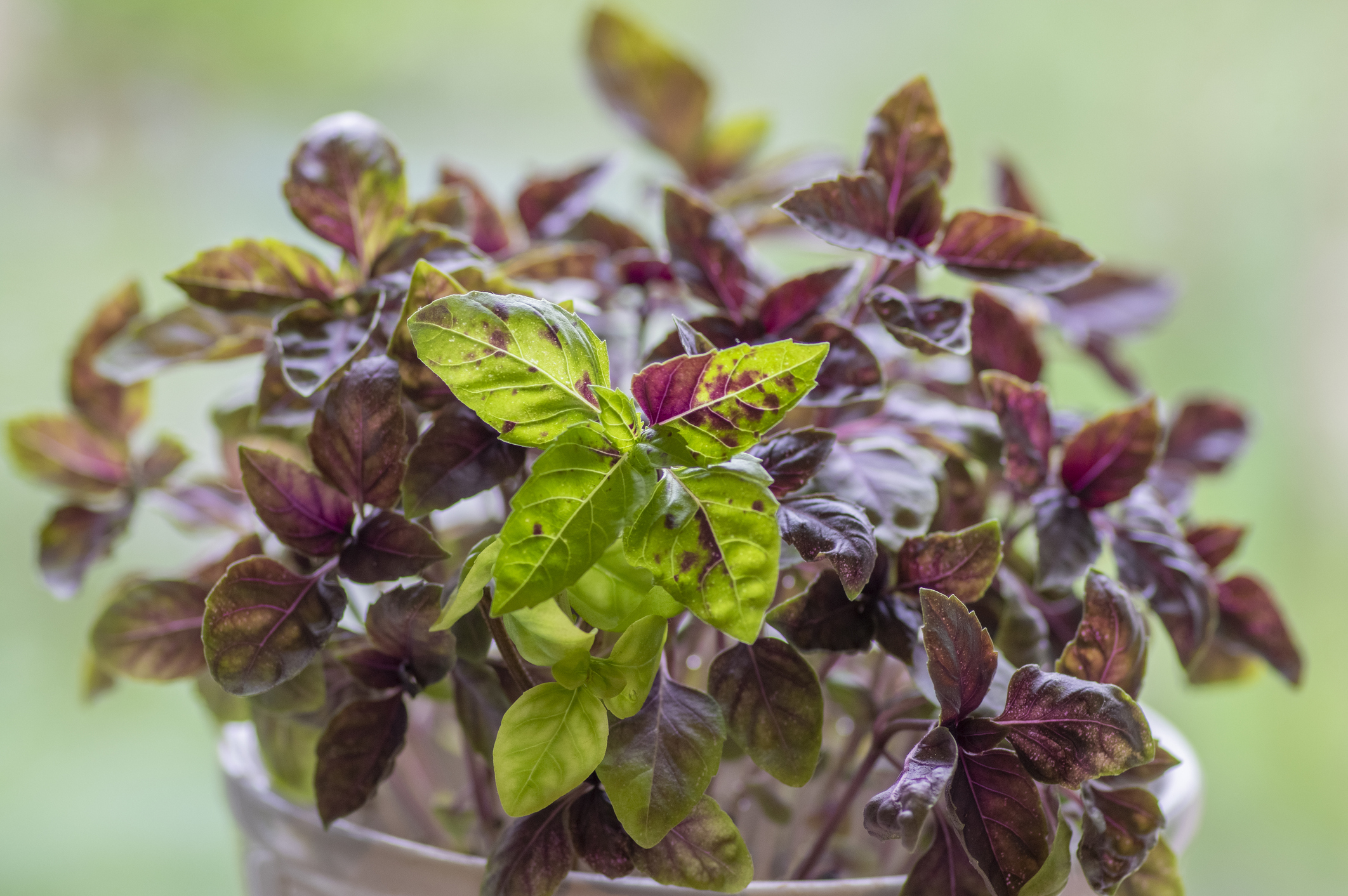
Its deep purple leaves make it a stunning addition to any garden. Pick just before watering for a more intense flavour, and tear rather than cut as the metal from the knife can alter the flavour. It’s slightly spicy clove-like flavour is excellent in salads or will make a showstopping pesto.
3. Nasturtium
(Tropaeolum majus)
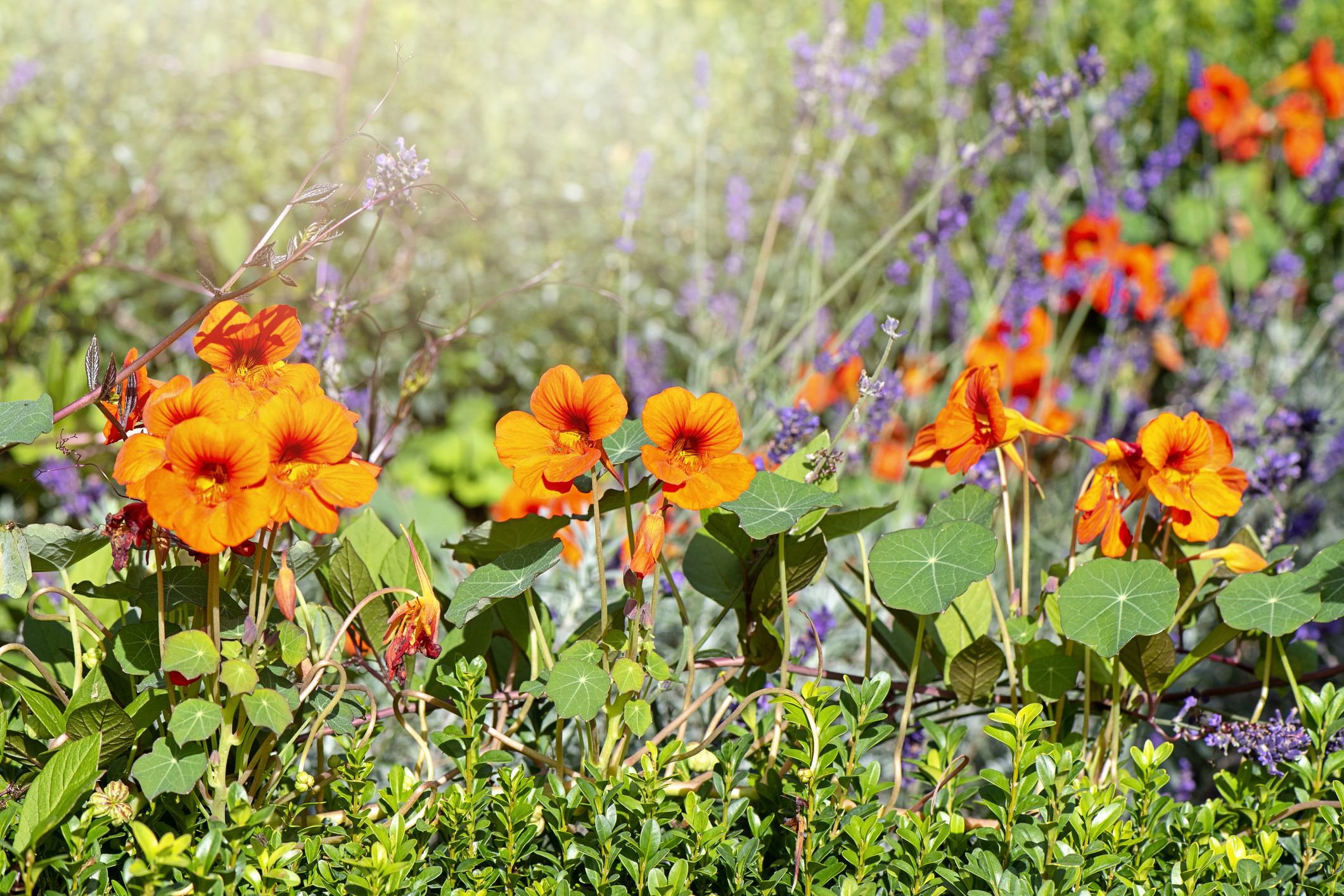
A perfect plant to get the kids involved as they’re easy to grow and they’ll love harvesting the lily pad shaped leaves and flamboyant flowers. A versatile ‘edimental’ as the seeds, leaves and flowers are all edible. Pickle the seeds to make ‘poor man’s capers’, crush the leaves to make a pesto, or pep up butter with the jewel coloured petals that add a peppery zing with hints of nectar.
4. Tufted violet
(Viola cornuta)
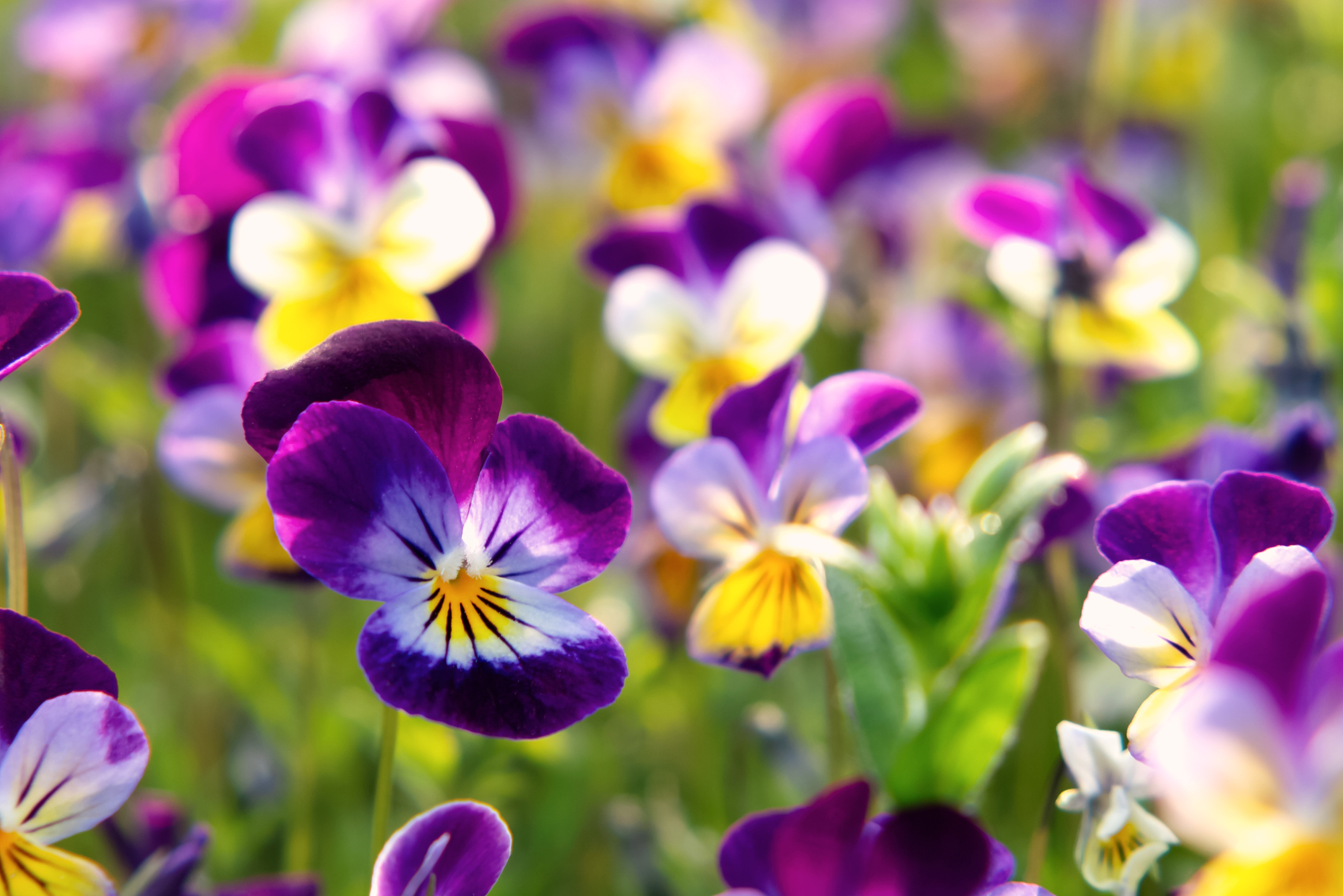
The perfect topping on a cake or dessert, the delicate and dainty flowers also make a charming addition to salads or cocktails and their leaves can be harvested to make tea.
5. Blue Cornflower
(Centaurea cyanus)
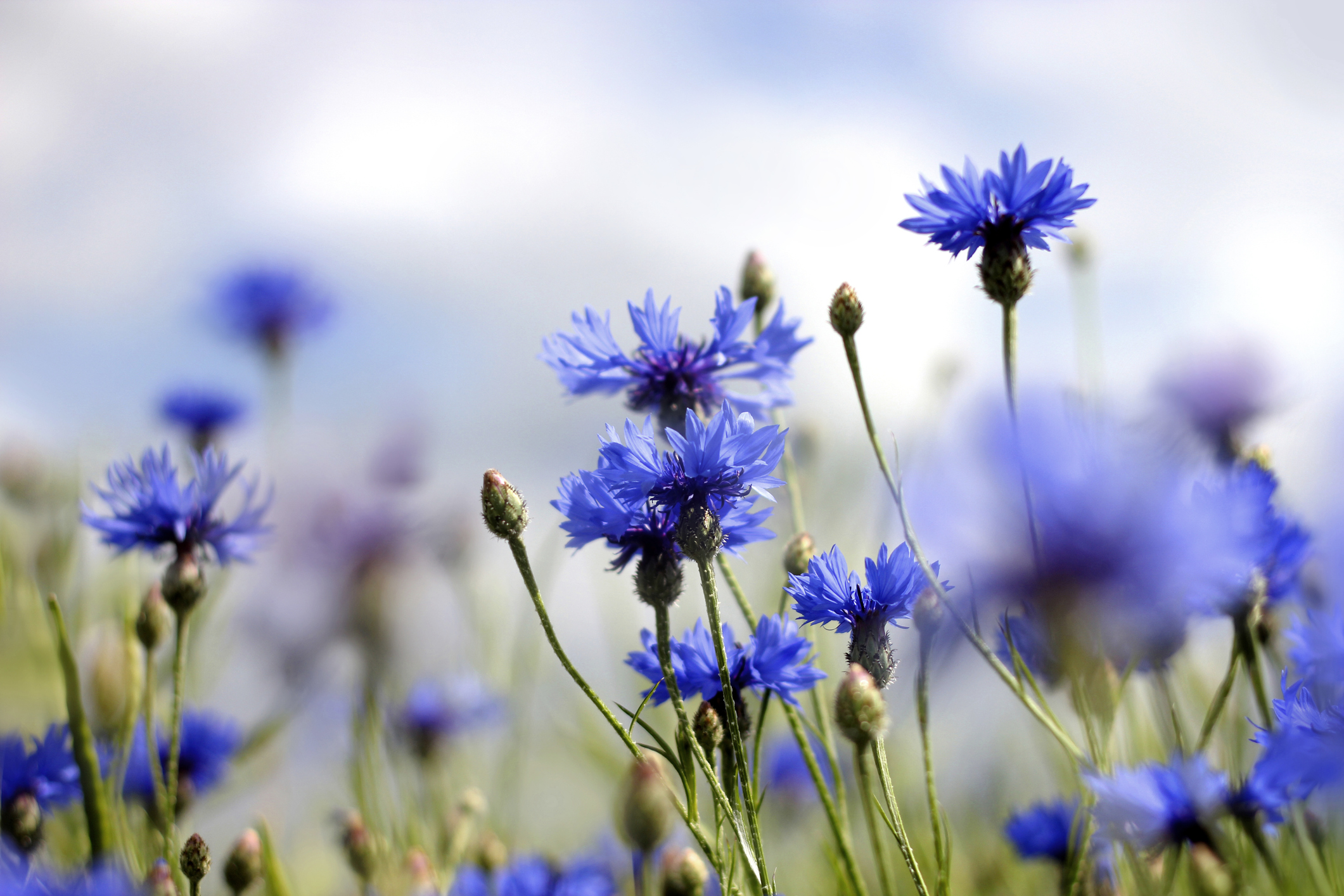
This charming flower has vibrant blue petals and a slightly spicy, clove-like taste. The petals can be used in salads, desserts, or as a garnish for beverages.
6. Red veined sorrel
(Rumex sanguineus var. sanguineus)
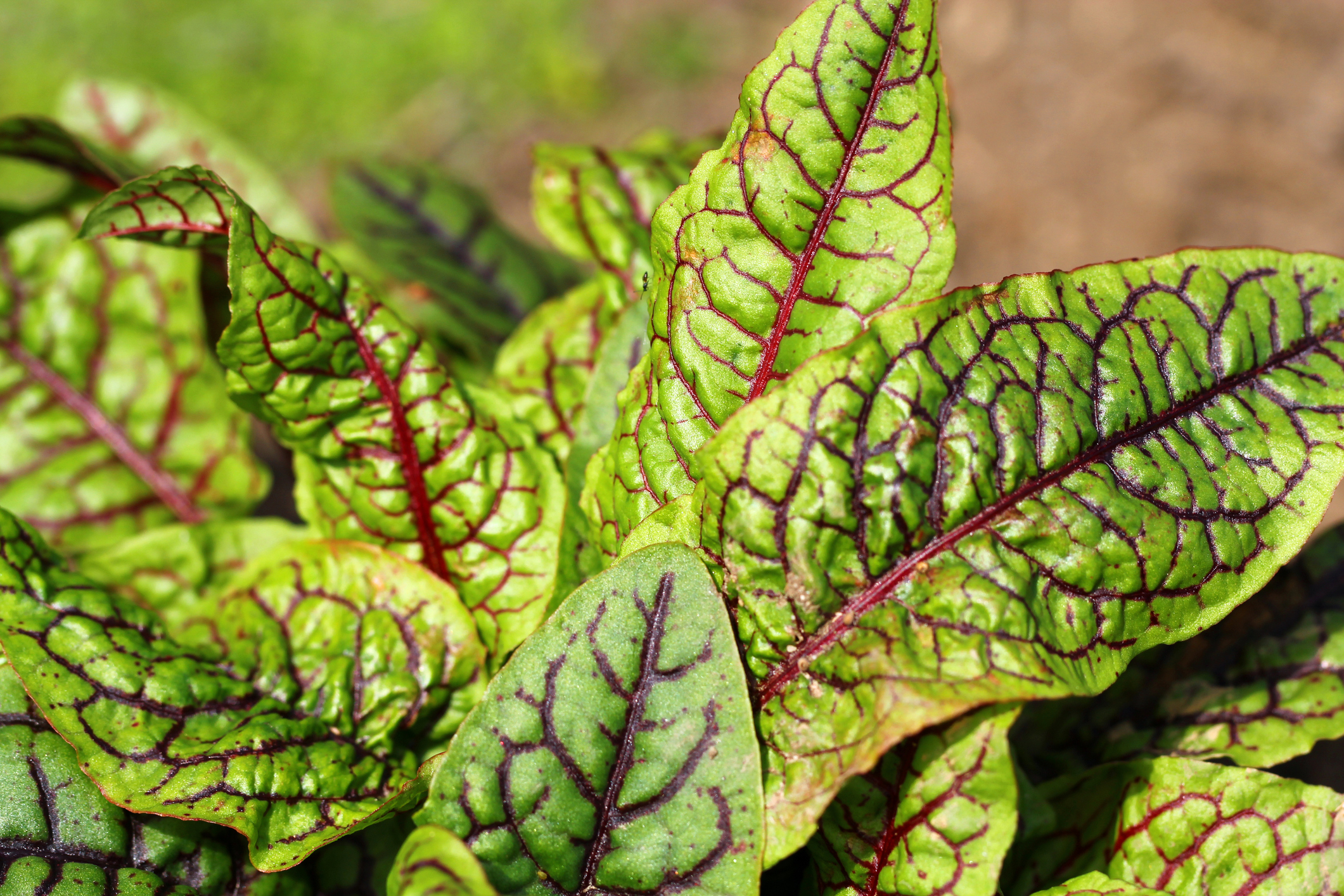
The striking red veins running through the leaves of this plant make it a visually appealing addition to any garden. The leaves have a tangy, lemony flavour that add a refreshing twist to salads and sauces, it works particularly well with fish. The more mature leaves can be cooked like spinach or added to soups or gratins.
6. Borage
(Borago officinalis)
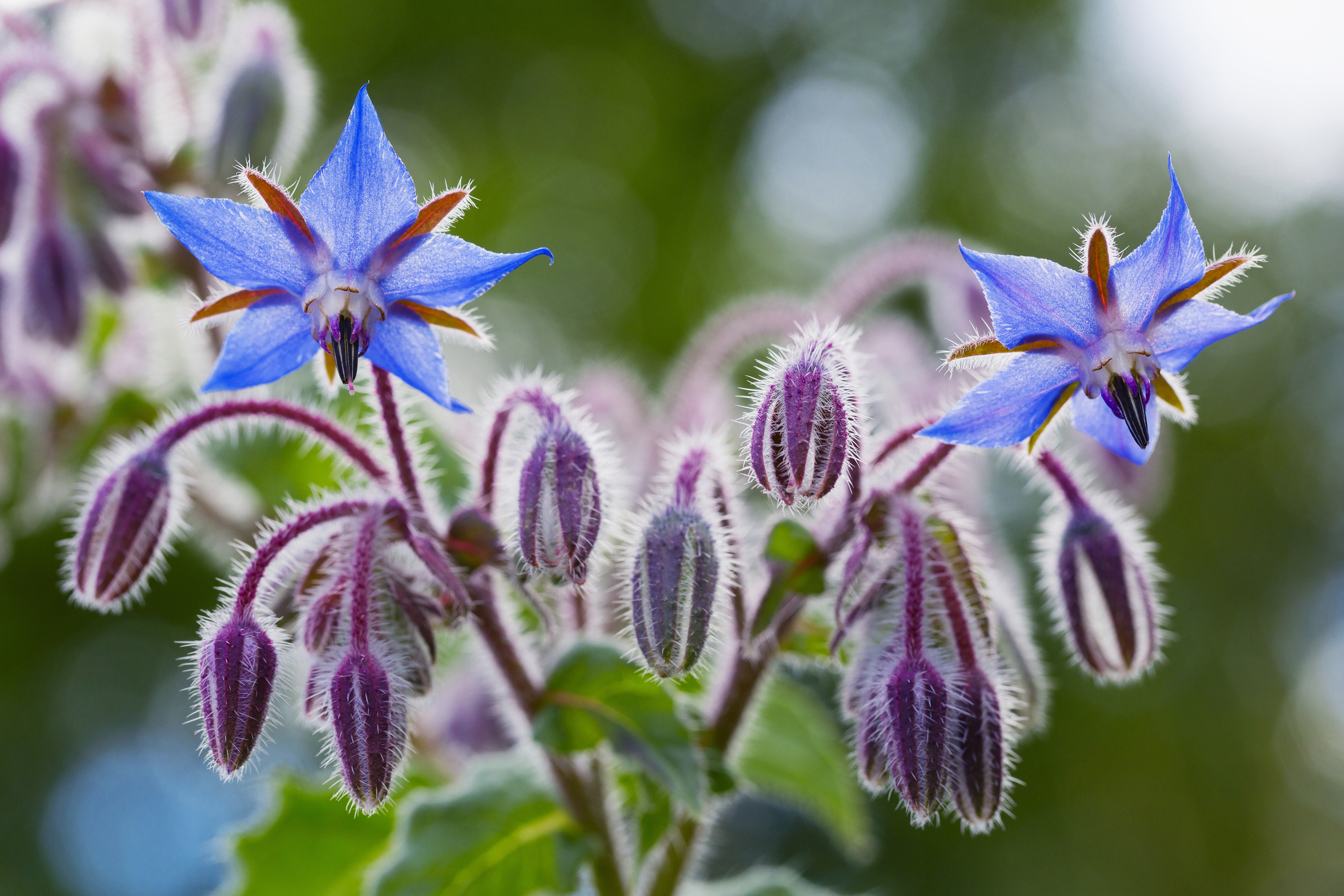
Freeze the striking blue flowers and leaf tips into ice cubes for a pretty addition to summer sundowners or chop the leaves and the mild cucumber flavour can enhance soups and salads. Mixed with ricotta it makes a great filling for fresh ravioli.
7. Calendula
(Calendula officinalis)
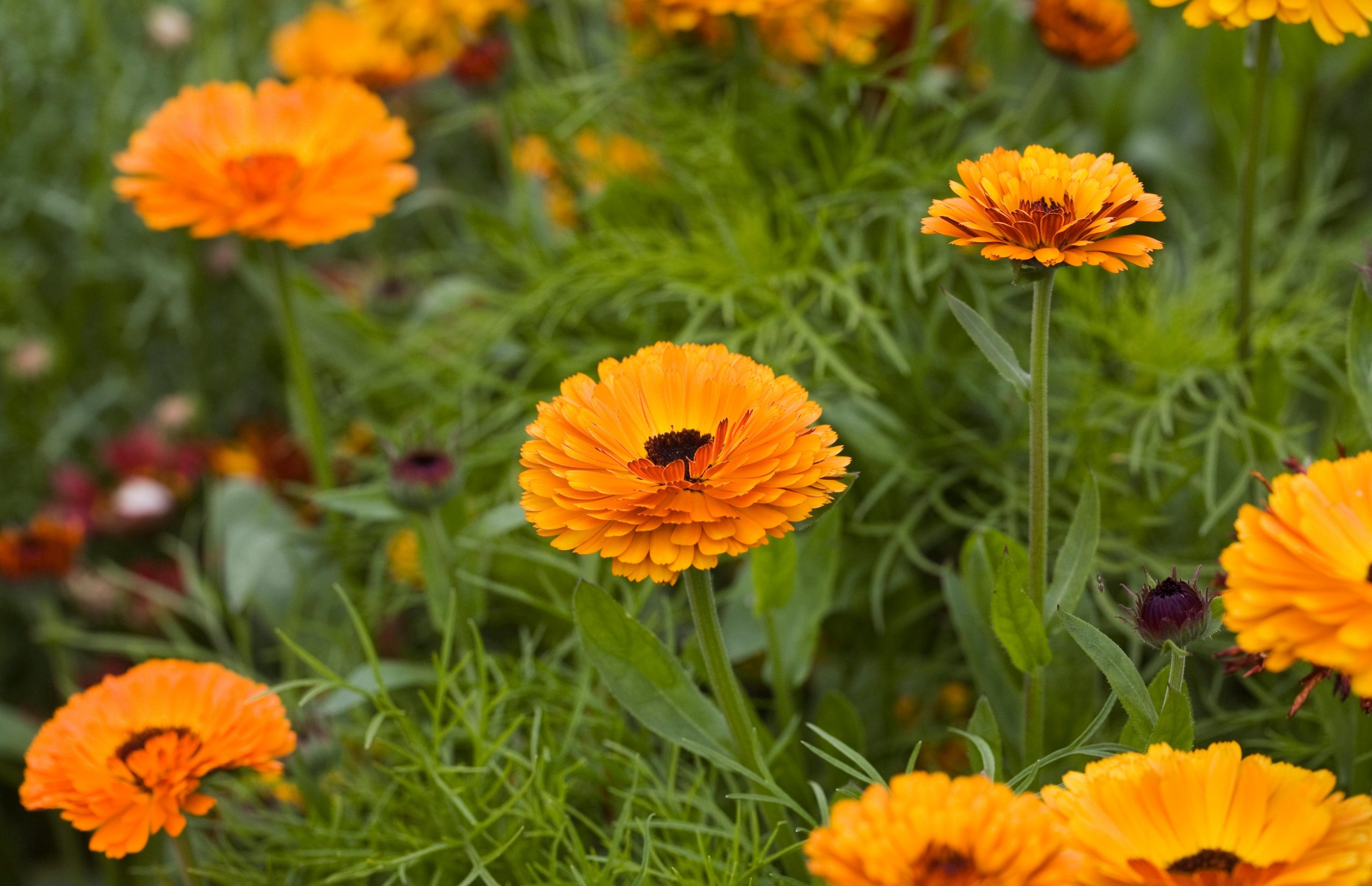
This herb features slender pointed leaves and a citrusy fragrance. The leaves can be used to make herbal teas, syrups, desserts, or as a flavouring agent in savoury dishes.
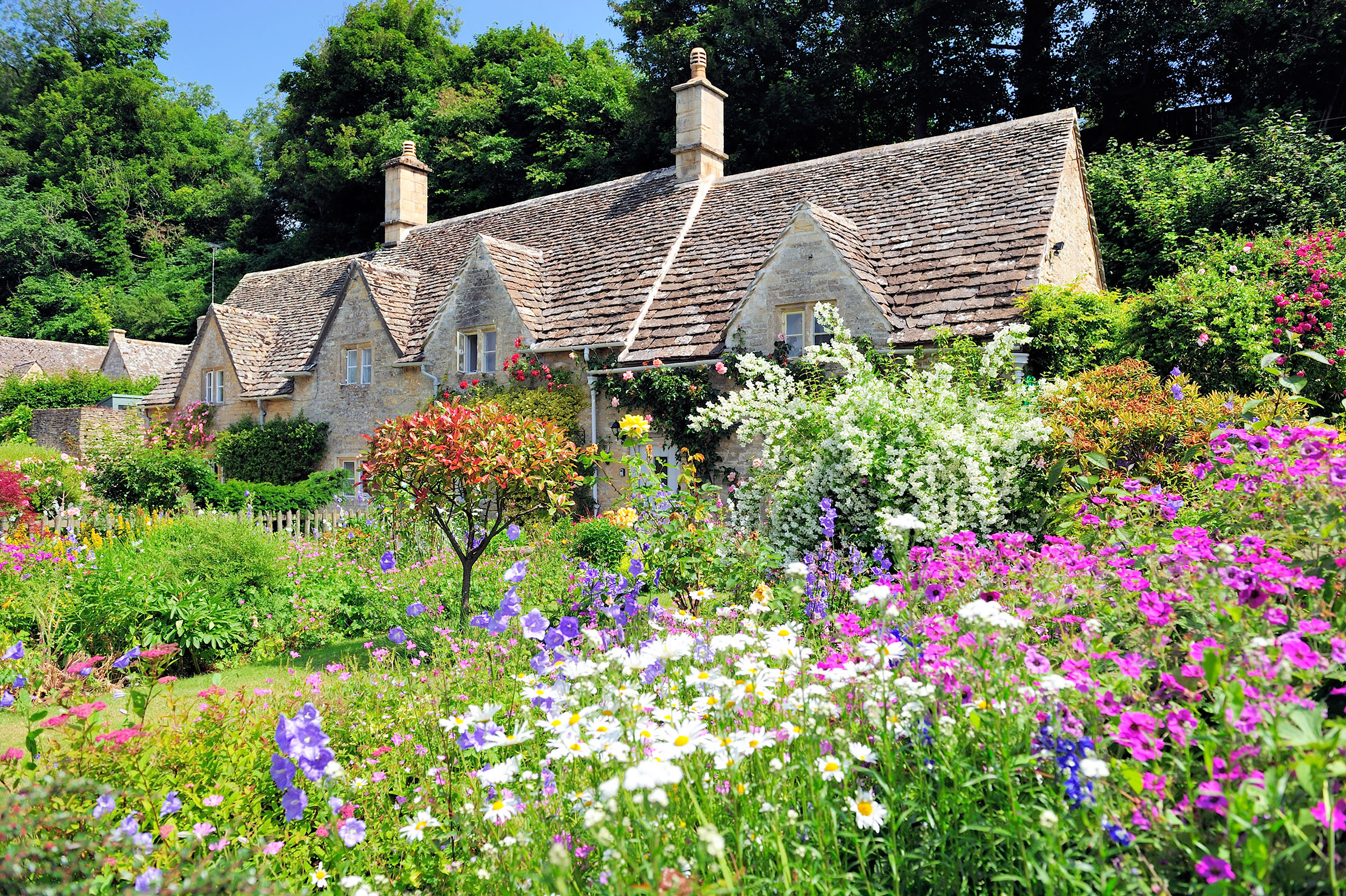
Credit: Shutterstock
The big hope for the 2023 Chelsea Flower Show? Gardens made for people, not ecosystem engineers
Country Life's former gardens editor Kathryn Bradley-Hole is hoping that the pendulum at Chelsea is swinging back towards traditional gardens.
